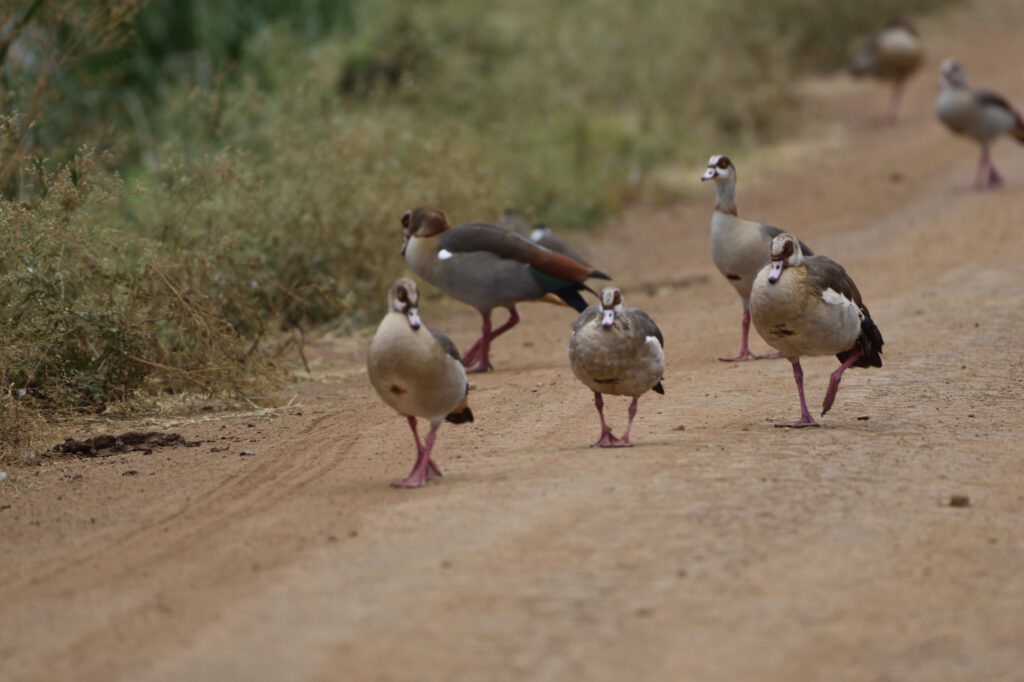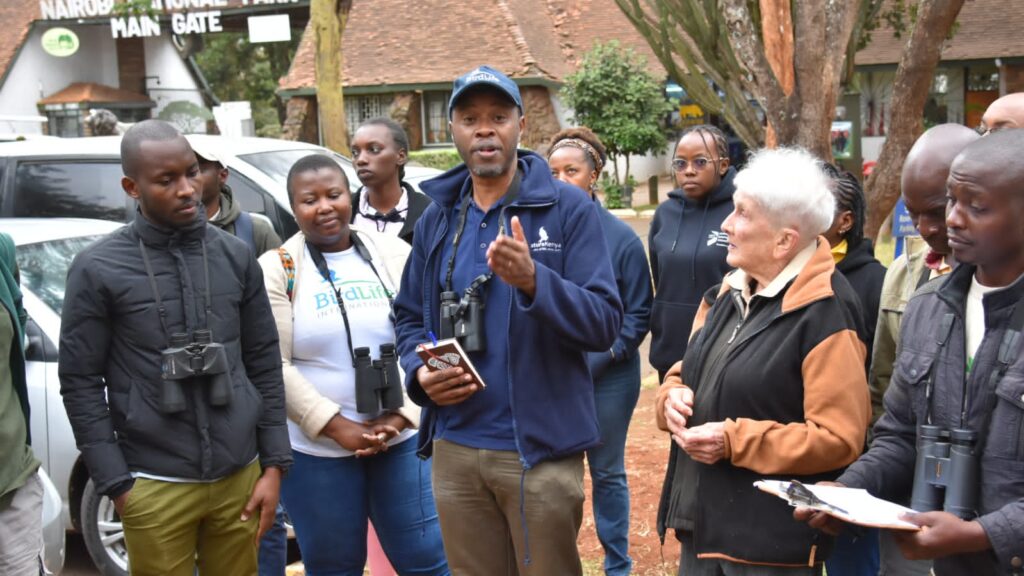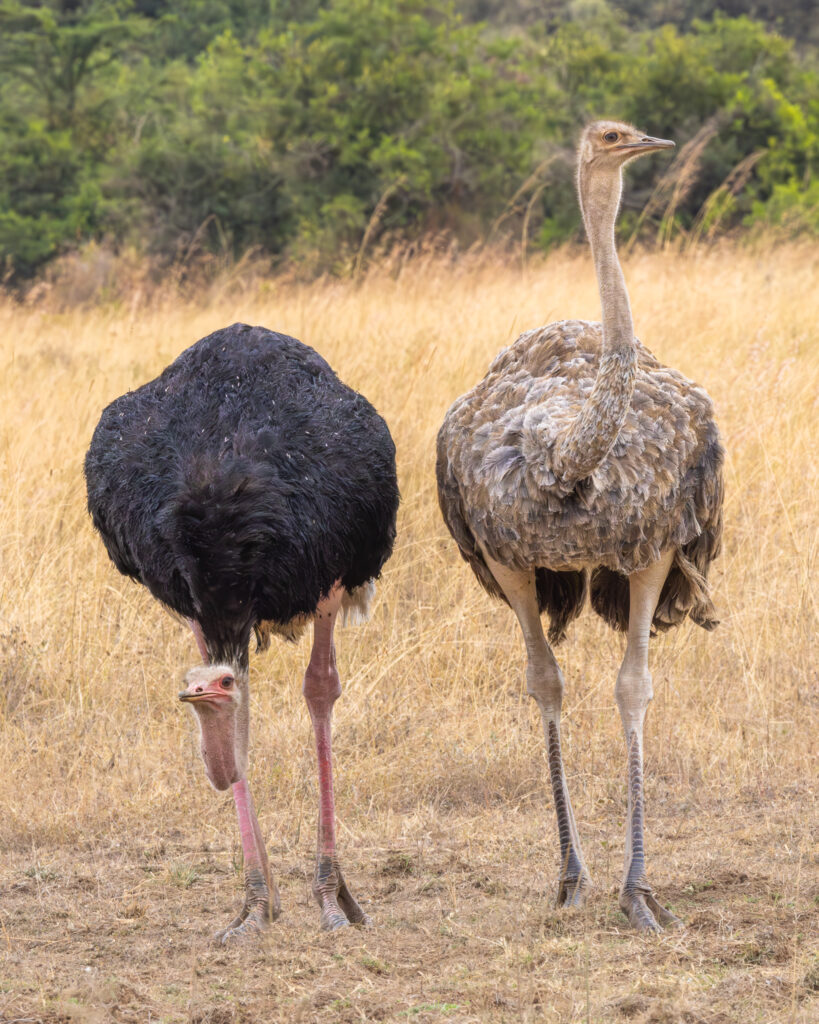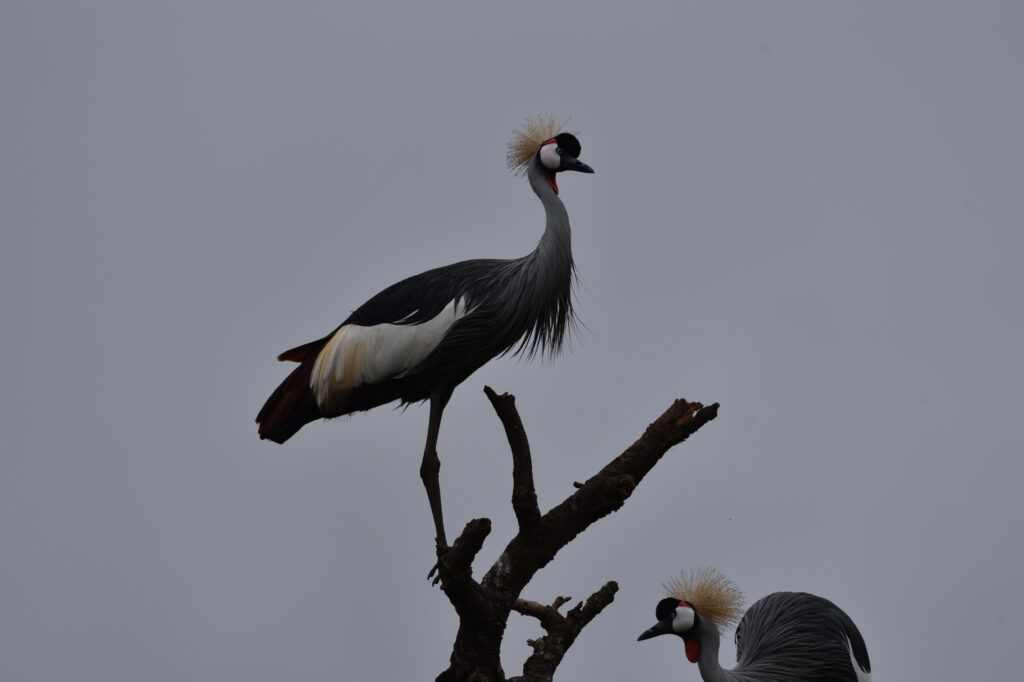Nature Kenya and BirdLife International host Nairobi Bird Walk in support of the New York Times Birding Project

The New York Times Birding Project is a citizen science project with the Cornell Lab of Ornithology and encourages people to contribute bird data using eBird and Merlin.
On Saturday 29th July 2023, 45 birdwatchers braved the chilly morning in Kenya’s capital to connect with nature through a bird watching excursion at the Nairobi National Park (NNP). The bird walk was part of the New York Times Birding Project. The project, a citizen science initiative, encourages people to contribute bird data using eBird and Merlin Apps. BirdLife International is supporting the project through hosting bird walks, with the first in the series taking place in New York City on 28th July, and Nairobi & Singapore on 29th July.

A Birding Haven
Kenya is home to more than 1,100 bird species of which 46 are globally threatened. Covering about 117 square kilometers, NNP is the only national park in the world that exists within a capital city. A Key Biodiversity Area (KBA), the park is home to various species including lions, giraffes, and buffaloes among others. In addition, almost 500 bird species have been recorded at the park.
BirdLife International, Nature Kenya (BirdLife Partner in Kenya) and over 100 other national BirdLife Partner organisations are supporting protection and conservation of these areas – some of which fall along bird migratory flyways, and are critical feeding, resting, and breeding places for migratory birds.
In groups of four, the enthusiastic bird watchers criss-crossed the park , recording more than 110 bird species recorded within three hours. Among the highlights included several pairs of the endangered Grey Crowned- Crane (Balearica regulorum), soaring Critically Endangered White-backed Vultures (Gyps Africanus), a Martial Eagle (Polemaetus bellicosus), young ones of Spur-winged Lapwing (Vanellus spinosus) and African Darters (Anhinga rufa). Others included a group of 22 Ostriches – the world’s biggest bird – and an Oxpecker spotted sitting on an elephant sculpture.

“Birds are very good indicators of the health of the environment, and citizens can help in gathering useful bird data during such bird walks”, said Paul Gacheru, Species and Sites Programme Manager, Nature Kenya.
Thus, all observations made during the event were fed into online bird observation collection platforms – eBird and Kenya Bird Map – and will contribute to much needed knowledge on distribution and numbers. The data is also critical in informing environmental management, and agriculture policies among others.

“BirdLife has shared with The New York Times that more than 600 bird species have been recorded in Nairobi, making it one of the world’s birdiest cities,” said E.J. McAdams, Chief Development Officer at BirdLife International.
“Nairobi National Park and other Key Biodiversity Areas across Kenya play a critical role in both human wellbeing and a healthy environment, and we hope that today’s event helps remind everyone about the importance of these special places,” concluded Paul Kariuki Ndang’ang’a, BirdLife International’s Regional Director for Africa.
In support of the New York Times Birding Project, BirdLife will be hosting more bird walks in August and September 2023 – Stay tuned!
Header Image: Egyptian geese spotted during the Nairobi bird walk © John Mwacharo

“Birds are very good indicators of the health of the environment, and citizens can help in gathering useful bird data during such bird walks”
Paul Gacheru, Sites and Species Manager Nature Kenya